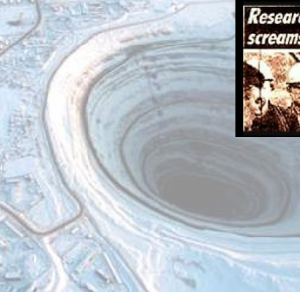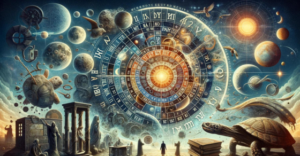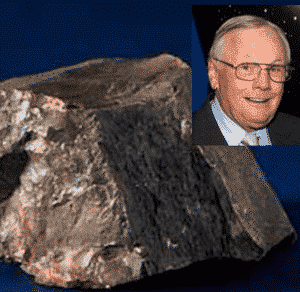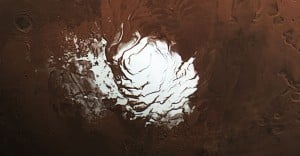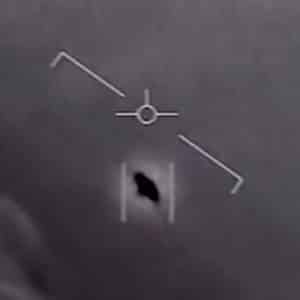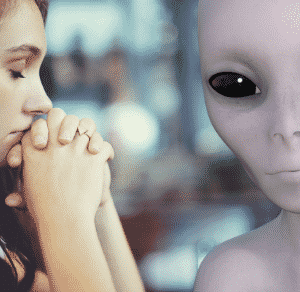Constructed and launched in 1998 at a cost exceeding £150 billion, the space station is a collaborative effort involving NASA, Roscosmos, JAXA, ESA, and CSA, serving as a microgravity and space environment research laboratory for astronauts. It facilitates a range of experiments conducted by these space agencies, sometimes inside the station or during extravehicular activities (EVAs) in space. A peculiar incident in 2005 during Dr. Leroy Chiao’s last space mission left him bewildered and astonished.
After a 15-year career and participation in four space missions, Dr. Chiao departed from NASA in December 2005. His most notable assignment was as Commander and NASA Science Officer for Expedition 10 on the International Space Station, where he spent over 36 hours of his 229 days in space conducting spacewalks.
During an episode of “NASA’s Unexplained Files” on the Science Channel, Dr. Chiao recounted an experience from a spacewalk aimed at completing an experiment on the station. As commander for nearly seven months, he and cosmonaut Salizhan Sharipov were tasked with the installation of navigation antennas. Situated 230 miles above the Earth and moving at speeds exceeding 17,000 miles per hour, Dr. Chiao observed an extraordinary sight.
Dr. Chiao described witnessing a formation of lights in a line, resembling an inverted check mark, which swiftly passed by, leaving him in awe of the sight. Unfortunately, Sharipov, positioned in the opposite direction, missed this occurrence.
Dr. Chiao expressed the heightened sense of awareness and excitement coupled with the stress of conducting a spacewalk, emphasizing the critical nature of the tether securing him to the station. He recounted seeing five lights in a linear arrangement, with one slightly out of alignment, which startled him as they zoomed past the station. Aerospace historian Chris Orwoll and former NASA engineer James Oberg, who was monitoring from Mission Control, were also mentioned in relation to this event.
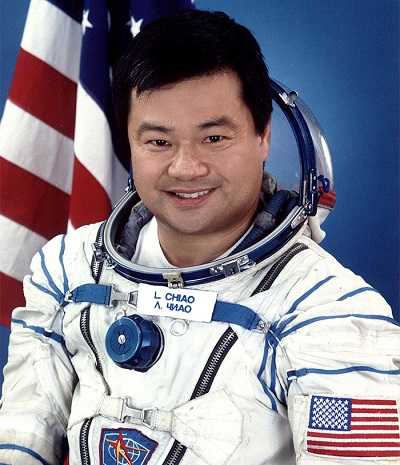
During his recount of the dialogue, Mr. Oberg mentioned: “He reported that he’s just spotted five lights.” He added, “When you see something in space, the possibility always that it can bite you. Your life might be on the line,” reflecting on the potential dangers of unidentified phenomena in space. This episode was further explored in the “Unexplained Files,” which noted that the peculiar incident remained a puzzle for an extended period until a breakthrough was achieved by another associate from NASA.
Intrigued by the event, James Smith, a former engineer at NASA, embarked on an investigation. He retrieved satellite imagery from the area surrounding Dr. Chiao’s mysterious sighting. These images corroborated Dr. Chiao’s observations, yet the nature of what he saw remained unclear. Smith’s thorough examination included reviewing the paths of satellites and scrutinizing records of military Air Force exercises, all to no avail. He extended his search to terrestrial operations, specifically examining the practice of using large light arrays by commercial fishing fleets in the South American waters for nighttime fishing.
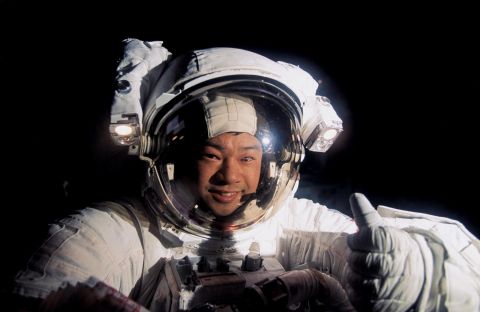
Dr. Chiao expressed acceptance of Smith’s hypothesis but remained intrigued by the potential for other unknown entities in space. “I have no doubt there is other life in the universe, but I don’t think we’ve found each other yet.” He pondered the reasons advanced civilizations have not made overt contact, sharing his thoughts with The Huffington Post.
Subsequently, in 2016, Dr. Chiao articulated on Space.com his belief in extraterrestrial life, spurred by the discovery of the exoplanet “Alpha Centauri Cb” orbiting Proxima Centauri. He criticized the notion of Earth’s solitary existence in the cosmos as “arrogant” and mused on the inevitability of life’s cyclical emergence and extinction throughout the universe. Chiao argued against the reliance on technology as a salvation, instead advocating for a broader exploration of Mars and beyond, hopeful for the discovery of alien life within his lifetime.
NASA has since established a 16-member team to scrutinize declassified sightings and data from various sectors, with astrophysicist Adam Frank acknowledging the potential strides this research could make in the quest for extraterrestrial life, despite not definitively proving their existence. This initiative aligns with the courageous testimonies of astronauts who have shared their perspectives on UFOs and alien life.

